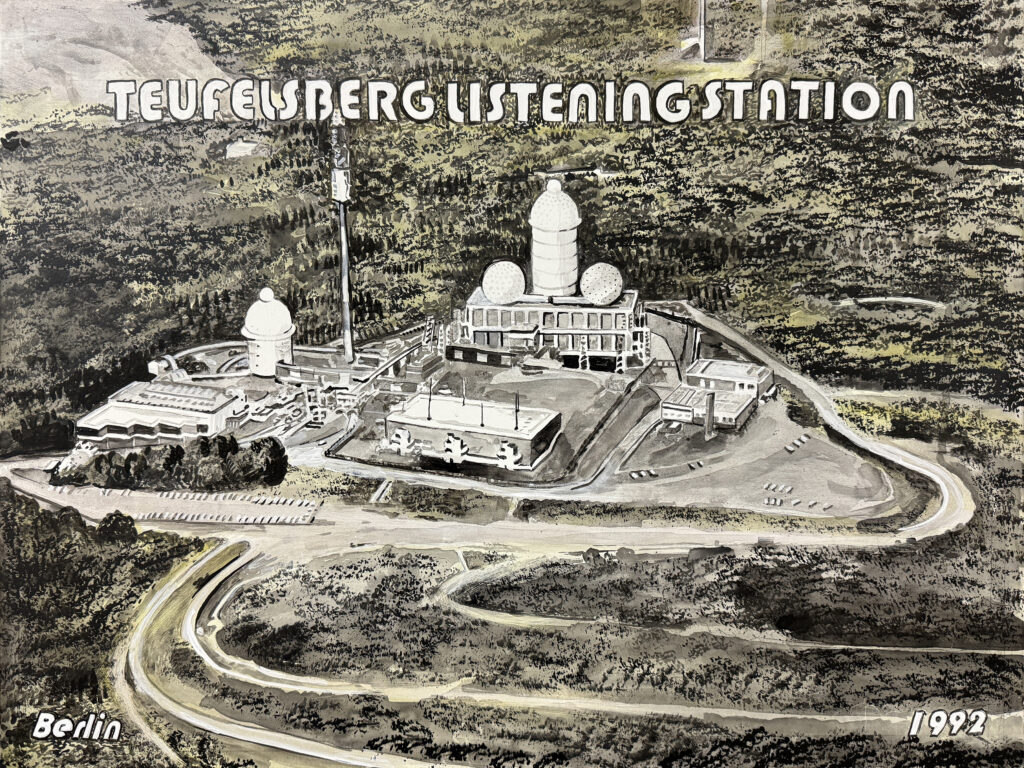Berlin, Germany
Closed 1992

I visited Teufelsberg a long time ago, can’t remember much of the visit. Only remember that in the big dome there were a group of teenagers smoking weed, it was a really strange atmosphere. Andre
Requested By Mira O.
Teufelsberg (trans. Devil’s Hill) is a non-natural hill in Berlin created out of debris in the 20 years following the Second World War. It is the highest point in West Berlin. While part of the rubble from destroyed quarters in East Berlin was deposited outside the city boundary, all the debris from West Berlin had to be dumped within the western boundary. The never completed Nazi military-technical college (Wehrtechnische Fakultät) designed by Albert Speer is buried underneath the rubble because it was easier than demolishing the sturdily built school. AThe US National Security Agency built a listening station (known as “the Hill”) on Teufelsberg in 1963 to listen to Soviet, East German, and other Warsaw Pact nations’ military traffic. A ski jump that had been built on the hill 1955 was closed after the completion of the listening station. The station was closed after the fall of East Germany. A group of investors bought the hill from the City of Berlin in 1996 intending to develop it. The project was aborted when the building boom in Berlin resulted in a surplus of buildings and the site remains encumbered with a mortgage of nearly 50 million dollars.. The area is now fenced off but the landlord Marvin Schutte has opened the site to visitors who are able to climb the listening station towers and admire the ever-evolving “street art gallery” that fills the site’s abandoned buildings. Following the announcement of plans to raze the facility and reforest the hill, talk of preserving the facility resurfaced in 2009, spearheaded by the Field Station Berlin Veterans Group, which hopes to have the memorial named in honor of Major Arthur D. Nicholson, the US Military Liaison Mission tour officer killed by a Russian sentry near Ludwigslust in 1985 who was the last military Cold War casualty. In 2006 the hilltop was categorised as forest in the land use plan of Berlin, thereby eliminating any future development. The painting is based on an uncredited black-and-white photograph from Urbex.nl.